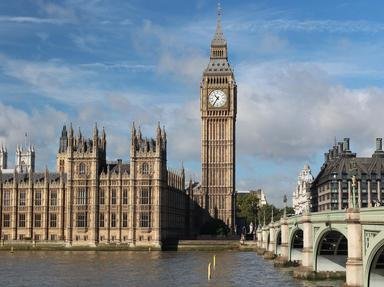
UK Prime Ministers and their Constituencies II Quiz
The UK Prime Minister generally represents one of the 650 (or thereabouts) constituencies in the House of Commons. Can you match the 15 that served in the reign of Queen Elizabeth II with the seats they represented as Prime Minister?
A matching quiz
by Red_John.
Estimated time: 3 mins.